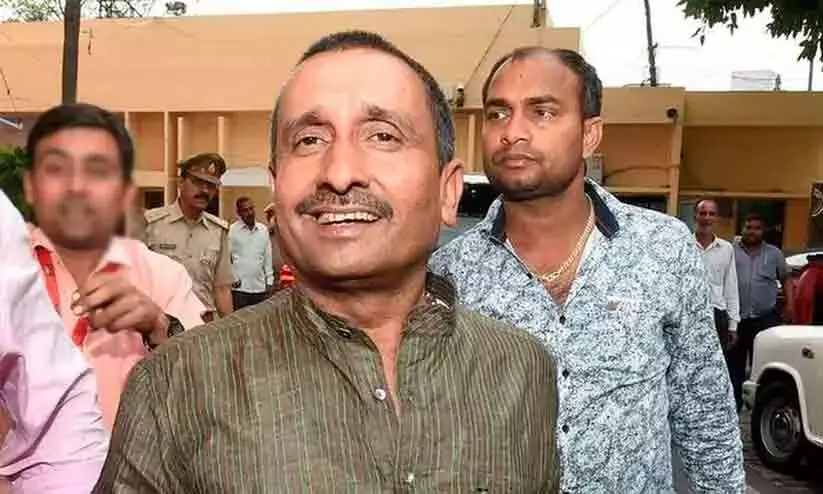
Ancient pyramids collapse in Mexico, indigenous tribe calls it "ominous sign"
text_fieldsIn Mexico, two ancient pyramids used by the Purepecha tribe for human sacrifices have partially collapsed following intense storms, prompting concerns among the tribe's members that this might be a "supernatural sign of impending doom."
The collapse occurred after heavy rainfall on July 30, which eroded one side of the structure, according to reports by the New York Post. Images of the site show the damage caused by the torrential downpours, with one of the twin pyramids visibly crumbled.
The Yacata pyramids, located in the Ihuatzio archaeological site in Michoacan state, were built by the ancestors of the modern Purepecha people, a tribe known for their defeat of the Aztecs. Historians note that the ancient Purepecha tribe used these pyramids to perform human sacrifices to their primary deity, Kurikweri.
The recent collapse of the structure has sparked fear among the tribe's descendants, who interpret the event as a bad omen. According to their traditions, such a collapse could signal an impending major event, possibly a natural disaster.
Tariakuiri Alvarez, a representative of the Purepecha community, stated that their ancestors would have viewed this as a forewarning. "For our ancestors, the builders, this was a bad omen that indicated the proximity of an important event," he said. He also recalled a similar occurrence before the arrival of the Spanish conquistadors, which the Purepecha at the time believed was due to the gods Nana Kuerhaepiri and K'eri Kurikweri being displeased.
The Purepecha tribe, which ruled the region for 400 years before the Spanish invasion in 1519, once occupied the Ihuatzio site alongside the Aztecs until the arrival of the Spanish.
In response to the incident, the Mexican National Institute for Anthropology and History (INAH) issued a statement on Wednesday.
They confirmed that a portion of the southern facade of one of the pyramidal bases at the Ihuatzio Archaeological Zone had collapsed. The collapse was attributed to the unusually heavy rainfall in the Lake Purepecha basin, which exceeded average precipitation levels. Prior high temperatures and drought conditions had caused cracks in the structure, which allowed water to seep in and weaken the building.
INAH officials have been on-site since July 30 to assess the damage. Their evaluation revealed that six of the stepped bodies of the South Base pyramid were affected, including its exterior wall of slabs, core, and retaining wall. The assessment and repair efforts are ongoing, with a focus on both recovering the damaged sections and thoroughly restoring the entire structure.
The statement also mentioned that previous conservation work on the pyramids, which used now-obsolete techniques and materials, had contributed to the current vulnerability of the structure. Moving forward, restoration efforts will be approached from an interdisciplinary perspective to ensure the building's long-term preservation.























